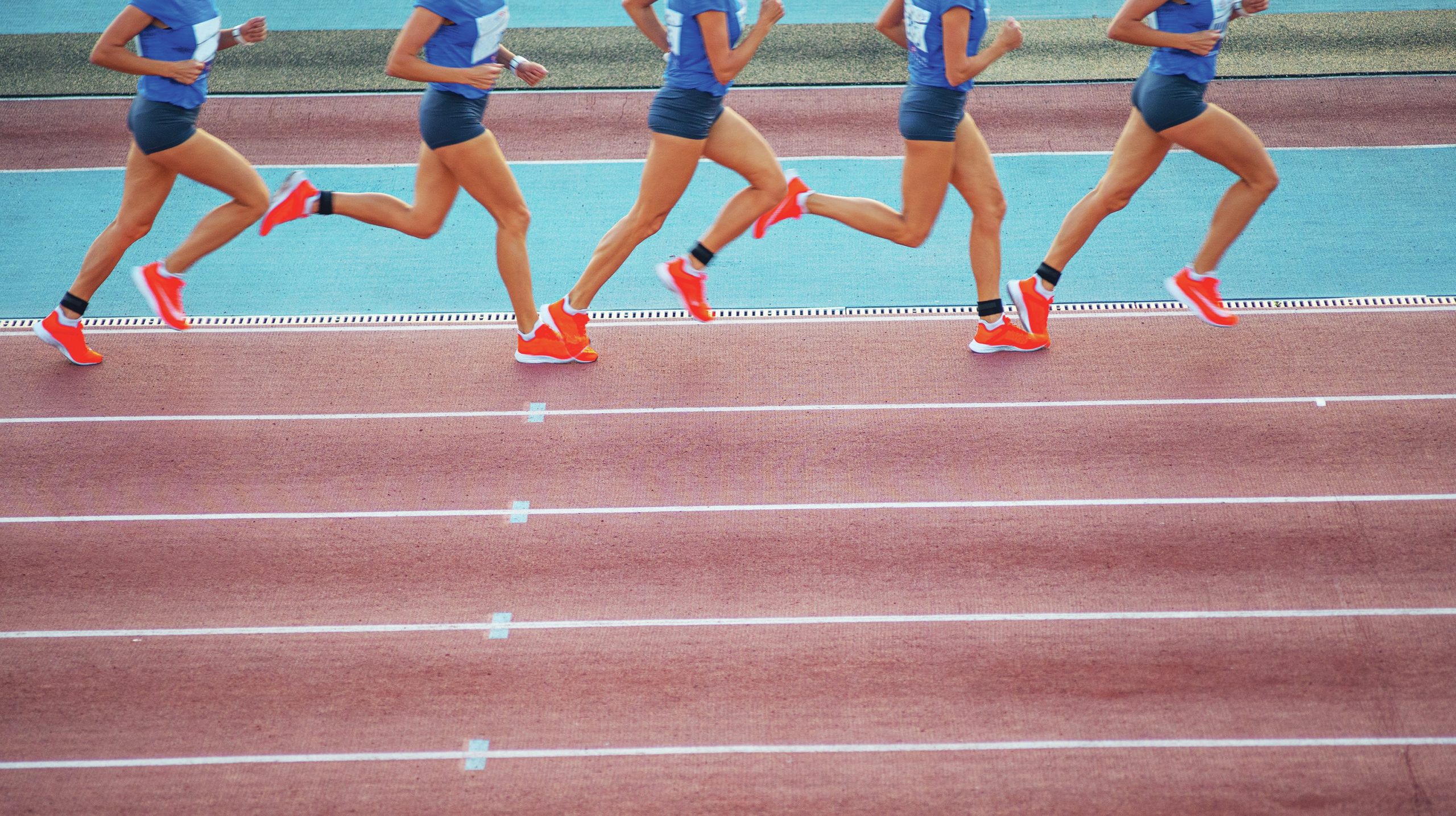
This article is relevant to the A-level PE specifications for AQA, Edexcel and OCR (preparation and training methods in relation to improving and maintaining physical activity and performance).
When we design training programmes for athletes, clients or patients, the recommendations we make are always based on evidence from scientific research. However, historically, scientific research evidence has almost exclusively been based on male participants. For example, the Physician’s Health Study in the 1980s included over 22000 males but not a single female, and the Multiple Risk Factor Intervention Trial (MRFIT), looking at diet, exercise and heart disease, surveyed 13000 males and no females. This has led to us largely treating females as ‘mini men’ and assuming they will respond in the same way. When coaching female athletes, the same applies — we largely assume we can train males and females in the same way.
Your organisation does not have access to this article.
Sign up today to give your students the edge they need to achieve their best grades with subject expertise
Subscribe




